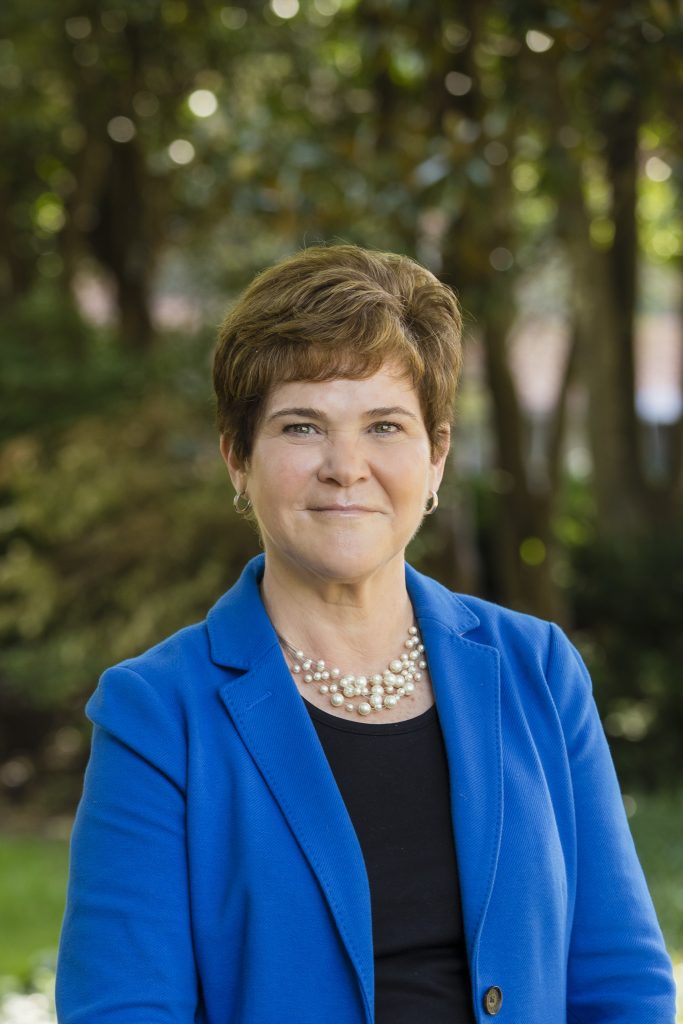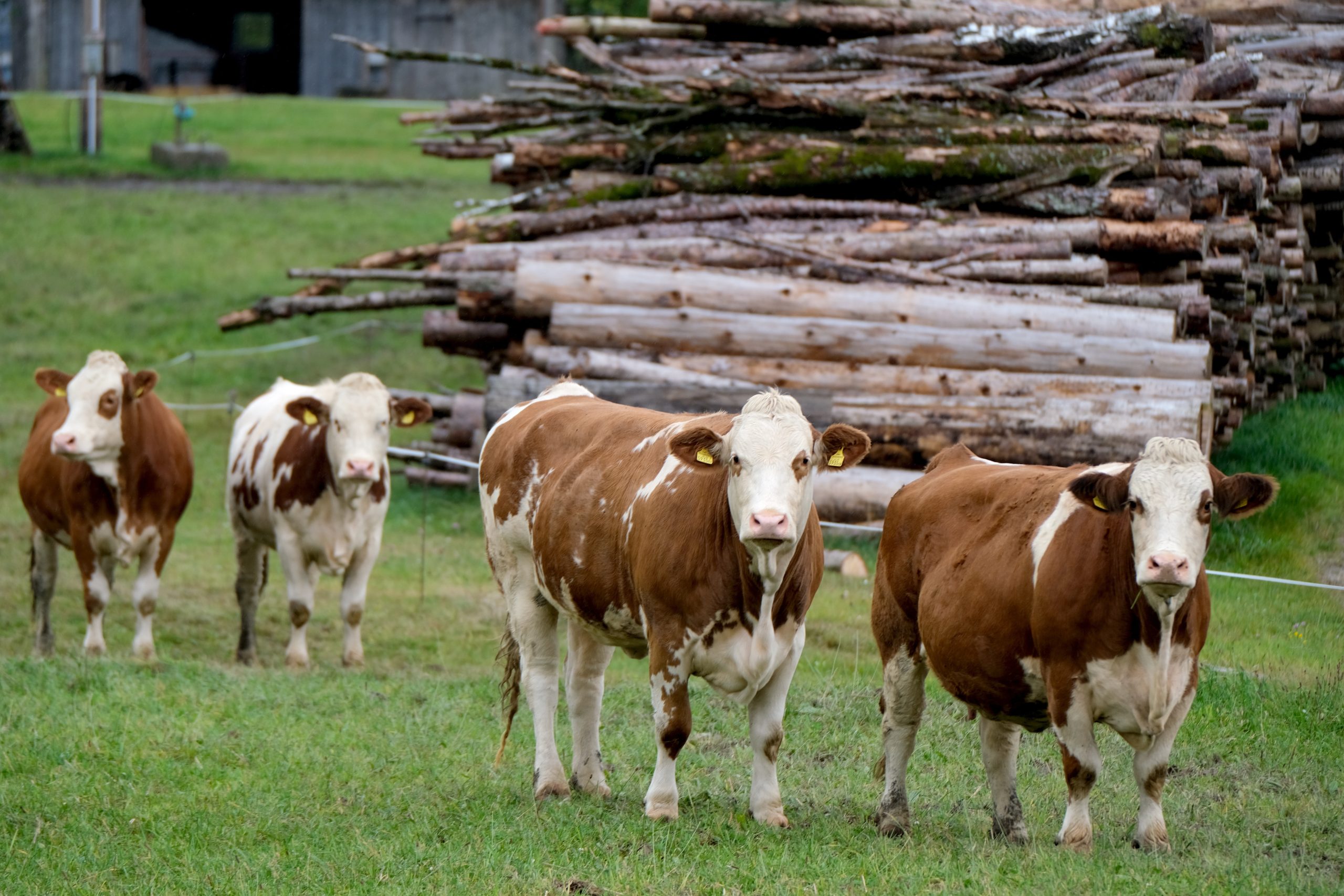Today’s dairy industry is a success story in meeting global demand, said President and CEO Krysta Harden of the U.S. Dairy Export Council.
Harden said that at one time dairy was a commodity few in agriculture thought could bolster income through global trade. When the U.S. Dairy Export Council was established in 1995, about 3 to 5% of dairy production was sent outside the United States.

As producers implemented production and technical efficiencies, it opened the door for exports. With a growing global population, it made sense to expand into new international markets. From her own agricultural background, she said trade is a win-win proposition.
“How do we continue to keep up this great productivity that we have?” she said. “We market outside U.S. borders, and that is something we’re focused on.”
Global powerhouse
The U.S. produces about 19% of the global dairy supply and does it with only 7% of the global cowherd, which is a strong indicator of the efficiency, she said.
Mexico remains the top destination for dairy products, as it is for some other major agricultural commodities, she said. That relationship remains strong as the dairy industry looks to expand to other countries that also could benefit from a protein source like dairy.
“Dairy protein in the diet can augment and complement traditional regional foods,” she said.
Establishing export markets takes time because it means building relationships and trust that customers in those markets can count on, Harden said.
Countries with emerging middle classes want protein and enjoy what the U.S. can supply. She said trade is a two-way street.
“This is not about displacing farmers in any country by flooding them with more commodities they don’t need,” Harden said.
The opportunity is about working with local processors in destination countries to increase overall dairy consumption, benefitting both domestic producers and U.S. dairy suppliers.
“There are very few places in the world that can really supply (the milk and dairy) they need. But if they grow (their populations and economies), their own productivity needs to be complemented and augmented. We’re the kind of partner they want to work with; we’ve had great success in many markets, working from the ground up—and not from the top down—with local producers, governments and industry.”
This year has been a trying one for many producers and the industry itself because of inflation and higher interest rates that not only impact Americans but consumers around the world. That cooled some export opportunities, Harden said, adding that recently there has been more positive news in Southeast Asia, Japan and Korea, as well as the Middle East and the Gulf states.
Currency exchange rates can also play a part in exports, she said.
Dairy producers also felt the sting of tariffs implemented during the Trump administration as it dealt with China, and that helped producers in New Zealand, Australia, Oceania and Europe. However, China has recently slowed its dairy imports.
In the short and medium term, Harden believes the United States is poised to expand market share. Producers in the European Union face stricter environmental regulations that likely will limit their output, she said. New Zealand also faces some of those regulations, and the island country is limited by resources. Those factors can help the U.S. add to its market share.
Trade opportunities
Harden said the Trans-Pacific Partnership was a lost opportunity because it could have opened new markets for the dairy industry while keeping a level playing field, particularly with tariffs that discourage countries from importing agricultural products.
“We have not been aggressive in establishing the trade agreements that our trading partners have. The EU is very aggressive. We certainly need to be looking for more opportunities for tariff reduction and for non-tariff barriers to be eliminated or reduced,” she said.
Despite some of the anti-trade rhetoric in the U.S., there is no denying that agriculture benefits from trade, Harden said. Trade in agriculture means creating new jobs in America and economic stability for the U.S. and its trading partners. Harden knows that other commodity organizations share a similar view.
Even with the focus on dairy exports, the domestic use of dairy and dairy products remains strong in the U.S., Harden said. She said in the High Plains region production continues to grow, and she sees the development of Hilmar Cheese in Dodge City, Kansas, as an example where the dairy business is meeting a need in the U.S. It shows that businesses and communities are investing in the industry.
“I think it says to the rest of the world that the U.S. is really in the dairy business, we’re not going away, and that we have a strong commitment to these nourishing products that do make a difference in the health and wellness of the global population,” she said. “The U.S. is sending a very strong signal to the world.”
Dave Bergmeier can be reached at 620-227-1822 or [email protected].
Industry shines in light in avian flu
By Dave Bergmeier
The dairy industry and health officials at the state and federal levels have been handling avian influenza are key in reassuring consumers that milk and dairy products are safe, according to Krysta Harden, president and CEO of the U.S. Dairy Export Council.
In late March, Texas, Kansas and New Mexico officials first reported the avian influenza in dairy herds. As of now there are nine states that have reported cases.
Each state’s department of agriculture and the U.S. Department of Agriculture, veterinarians, producers and the entire dairy chain have been working well together, Harden said. She appreciates how the entire chain has been transparent with farmers and their employees and getting the information to them.
“It has been an all hands-on approach while walking through what we know now,” Harden said. “For the general public and consumers, there is no threat to human health. Milk and dairy products are safe because pasteurization kills the harmful bacteria.”
Dairy farmers are also practicing proper herd care by following biosafety protocols and segregating cows that have been impacted, she said.
It will take time to figure out the cause of how the avian influenza was transmitted, she said, but the segments are working together to get the results needed to help dairy producers.
“We want to work very closely with the officials both in the state level and the national levels and make sure we get all the facts to our members and our farmers and also that the consuming public understands it as well,” Harden said.



